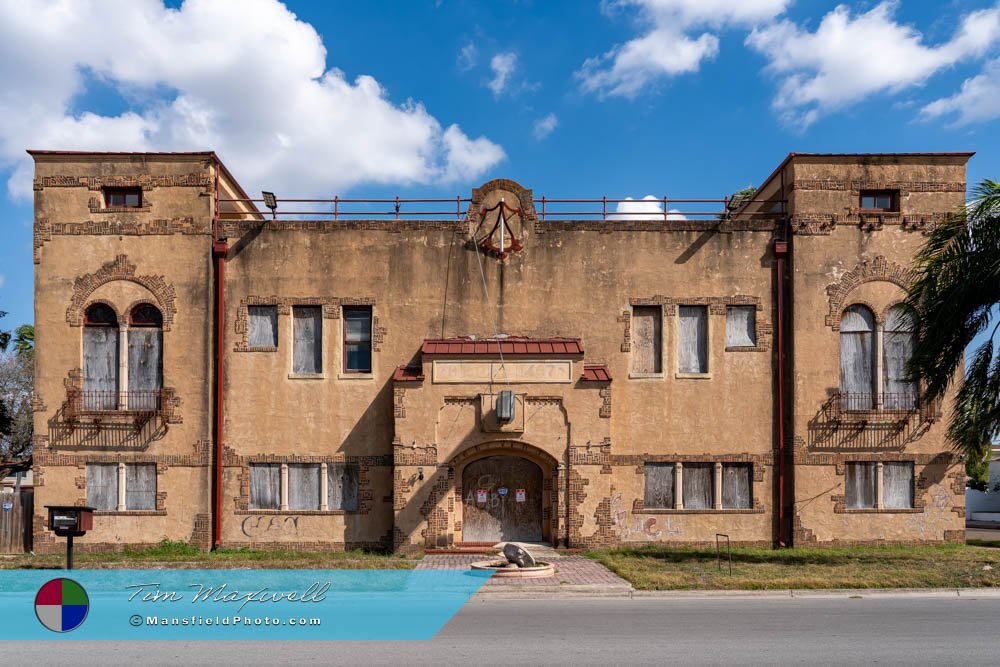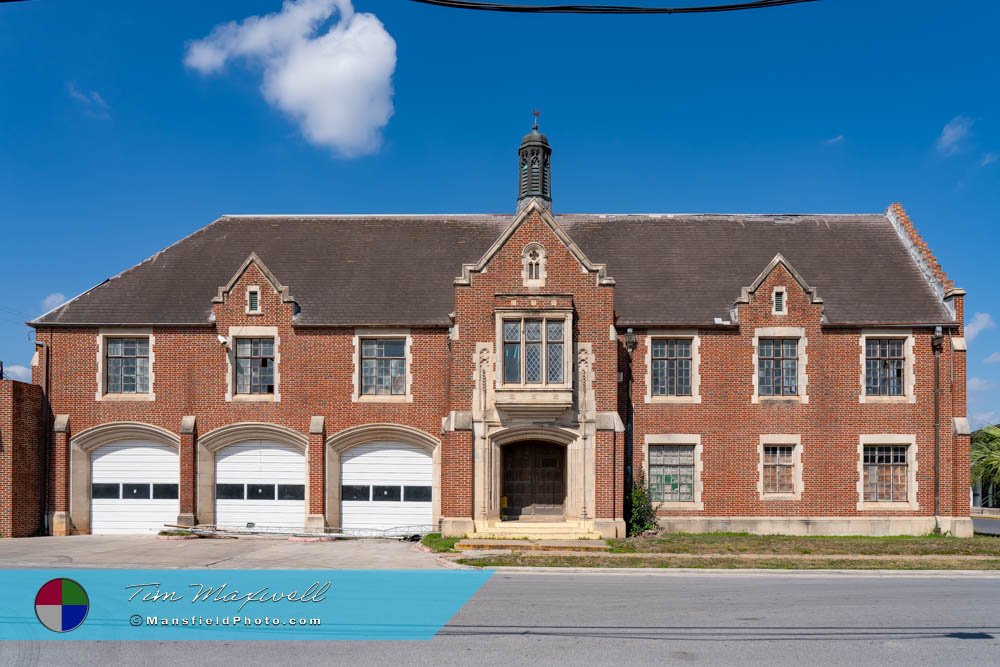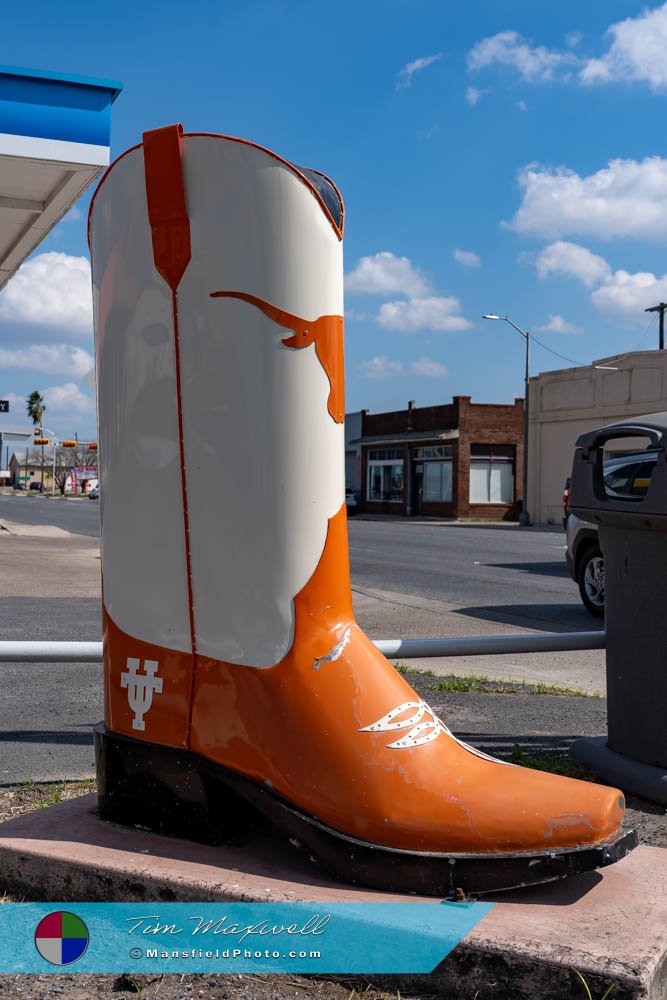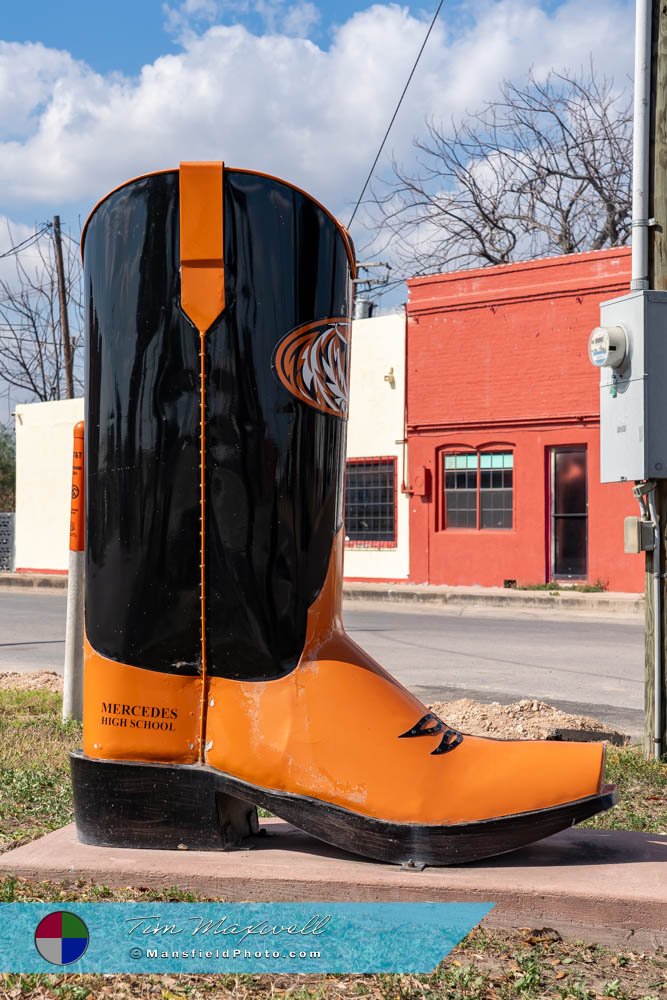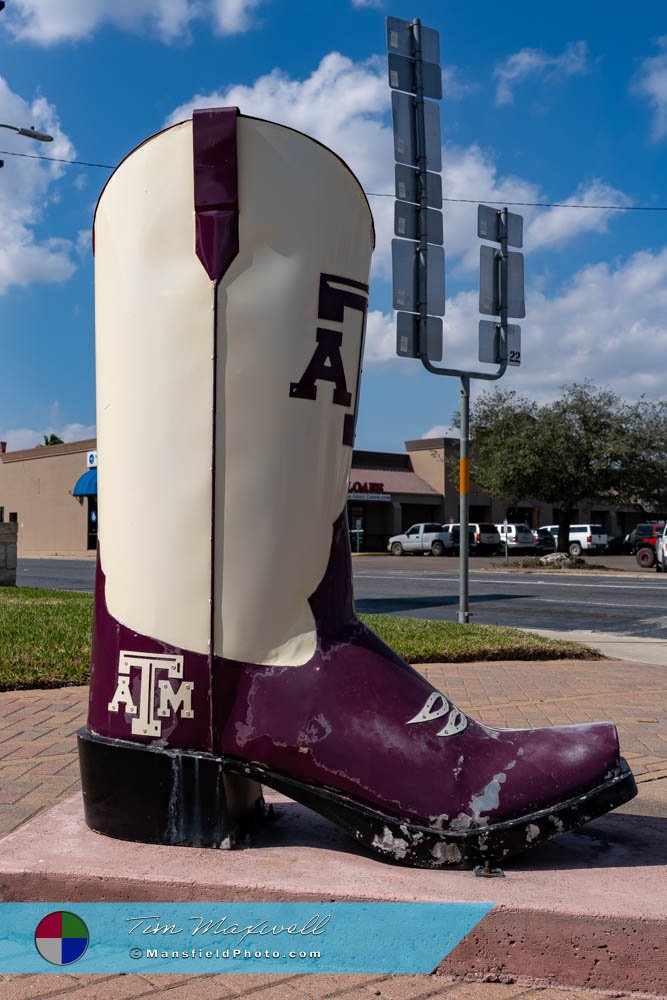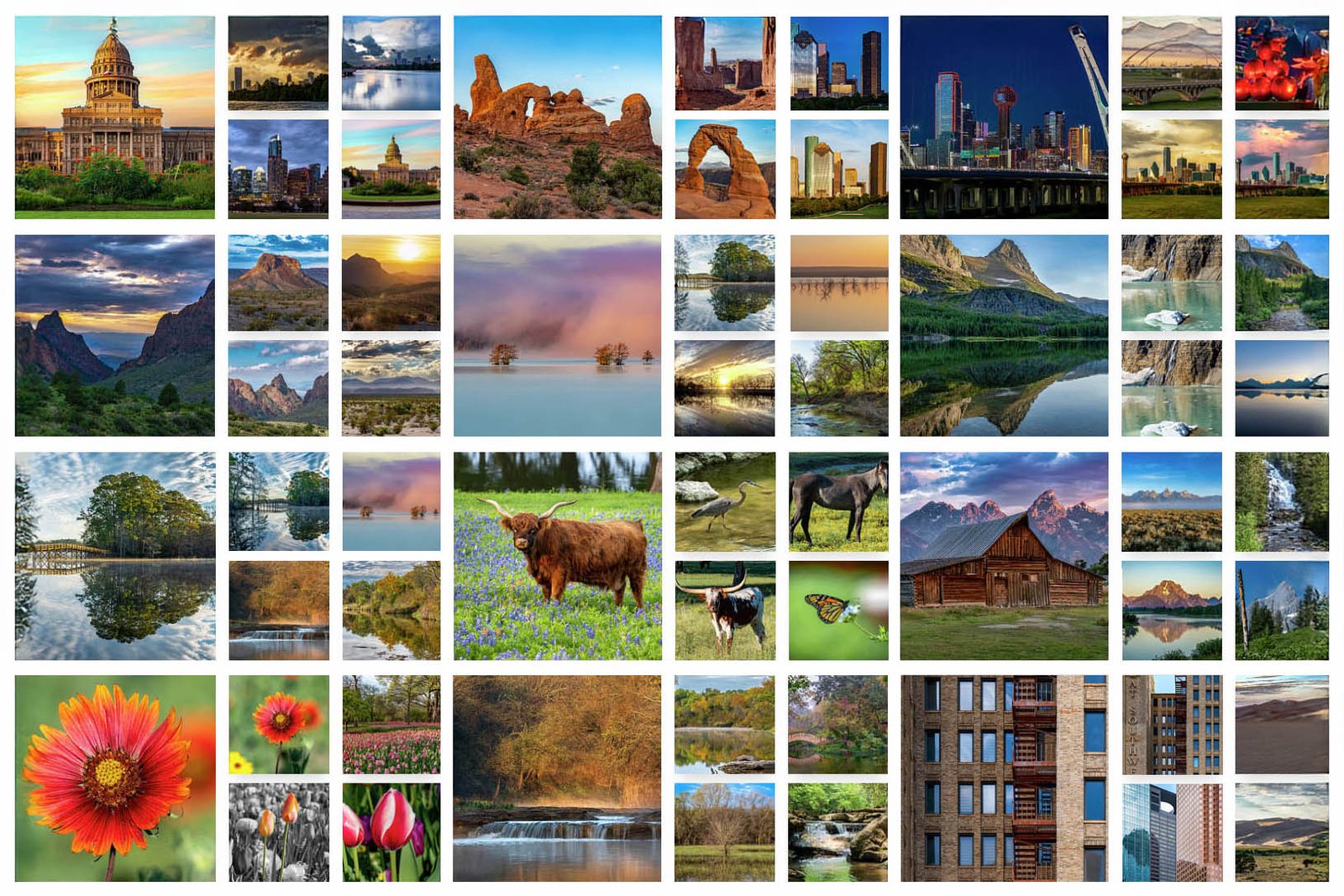Mansfield Photography
Mercedes, Texas
– A Town with a Name Shrouded in Mystery.
Mercedes, a city in the Rio Grande Valley, carries a name with an origin that remains uncertain. Some believe it was named after the daughter of a land developer, while others suggest Spanish influences played a role. Regardless of its true roots, the name has become synonymous with culture, craftsmanship, and history in South Texas.
From Railroad Stop to Thriving Community
Founded in 1907, Mercedes was established as part of the development efforts along the St. Louis, Brownsville, and Mexico Railway. Its early years saw an influx of settlers drawn by opportunities in agriculture and commerce. The region’s fertile soil made it an ideal location for farming, and the town quickly became known for producing citrus fruits, cotton, and sugarcane. The introduction of irrigation systems further boosted agricultural success, securing its role as a key player in the valley’s economy.
A Hub of Agriculture and Art
Over the years, the city evolved beyond its agricultural roots. Though farming remains an important industry, Mercedes also became known for something far more eye-catching—artistic cowboy boots. Throughout the town, visitors can find 30 handcrafted, larger-than-life cowboy boots, each uniquely designed to represent various aspects of local culture, history, and heritage. These boots have turned the city into an open-air gallery, offering both residents and tourists a reason to explore its streets.
A City of Firsts and Traditions
Mercedes holds several distinctions in the region. It was home to the first school district in the Rio Grande Valley and has long been a center for education.
📸 Want to See More Photos of This Town?
The town is also recognized for hosting the Rio Grande Valley Livestock Show, an event that draws thousands each year and celebrates the area’s ranching and agricultural traditions. The show has grown into one of the most significant events of its kind in Texas, bringing together livestock exhibitors, rodeo events, and entertainment.
Modern Growth While Preserving Identity
Today, the city balances growth with a dedication to preserving its heritage. While new businesses and industries continue to develop, efforts to maintain historical landmarks and cultural traditions remain strong. The handcrafted boot sculptures serve as a reminder of the town’s artistic spirit, while annual events continue to connect the community to its past.
With a name that remains a topic of curiosity, a history built on agriculture and craftsmanship, and an artistic display that sets it apart, this South Texas town continues to leave an impression on those who visit. Whether stopping by for the famous livestock show or taking a stroll through its boot-lined streets, there’s always something waiting to be discovered.

